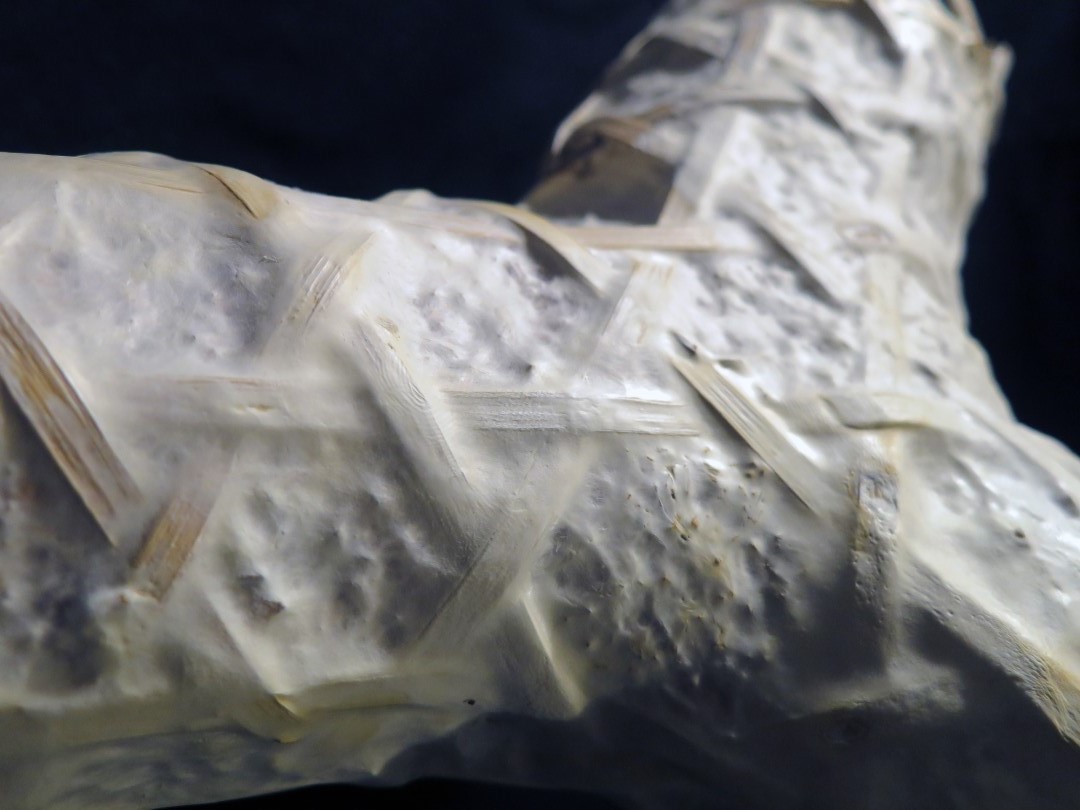
In the summer of 2014 a strange building began to take shape just outside MoMA PS1, a contemporary art centre in New York City. It looked like someone had started building an igloo and then got carried away, so that the ice-white bricks rose into huge towers. It was a captivating sight, but the truly impressive thing about this building was not so much its looks but the fact that it had been grown.
The installation, called Hy-Fi, was designed and created by The Living, an architectural design studio in New York. Each of the 10,000 bricks had been made by packing agricultural waste and mycelium, the fungus that makes mushrooms, into a mould and letting them grow into a solid mass.
This mushroom monument gave architectural researcher Phil Ayres an idea. ‘It was impressive,’ said Ayres, who is based at the Centre for Information Technology and Architecture in Copenhagen, Denmark. But this project and others like it were using fungus as a component in buildings such as bricks without necessarily thinking about what new types of building we could make from fungi.
That’s why he and three colleagues have begun the FUNGAR project – to explore what kinds of new buildings we might construct out of mushrooms.
Read the full story in the HORIZONE Magazine
- Project duration
- 1 Dec 2019 - 30 Nov 2022
- Project locations
- United KingdomItalyNetherlands
- Overall budget
- €2 856 680
- EU contribution
- €2 856 680100% of the overall budget
- Project website
- Fungar project
Stakeholders
Coordinators
UNIVERSITY OF THE WEST OF ENGLAND, BRISTOL
- Website
- http://www.uwe.ac.uk
Participants
MOGU SRL
- Website
- http://www.mogu.bio
UNIVERSITEIT UTRECHT (http://www.uu.nl)
DET KONGELIGE DANSKE KUNSTAKADEMIS SKOLER FOR ARKITEKTUR, DESIGN
- Website
- http://www.kadk.dk